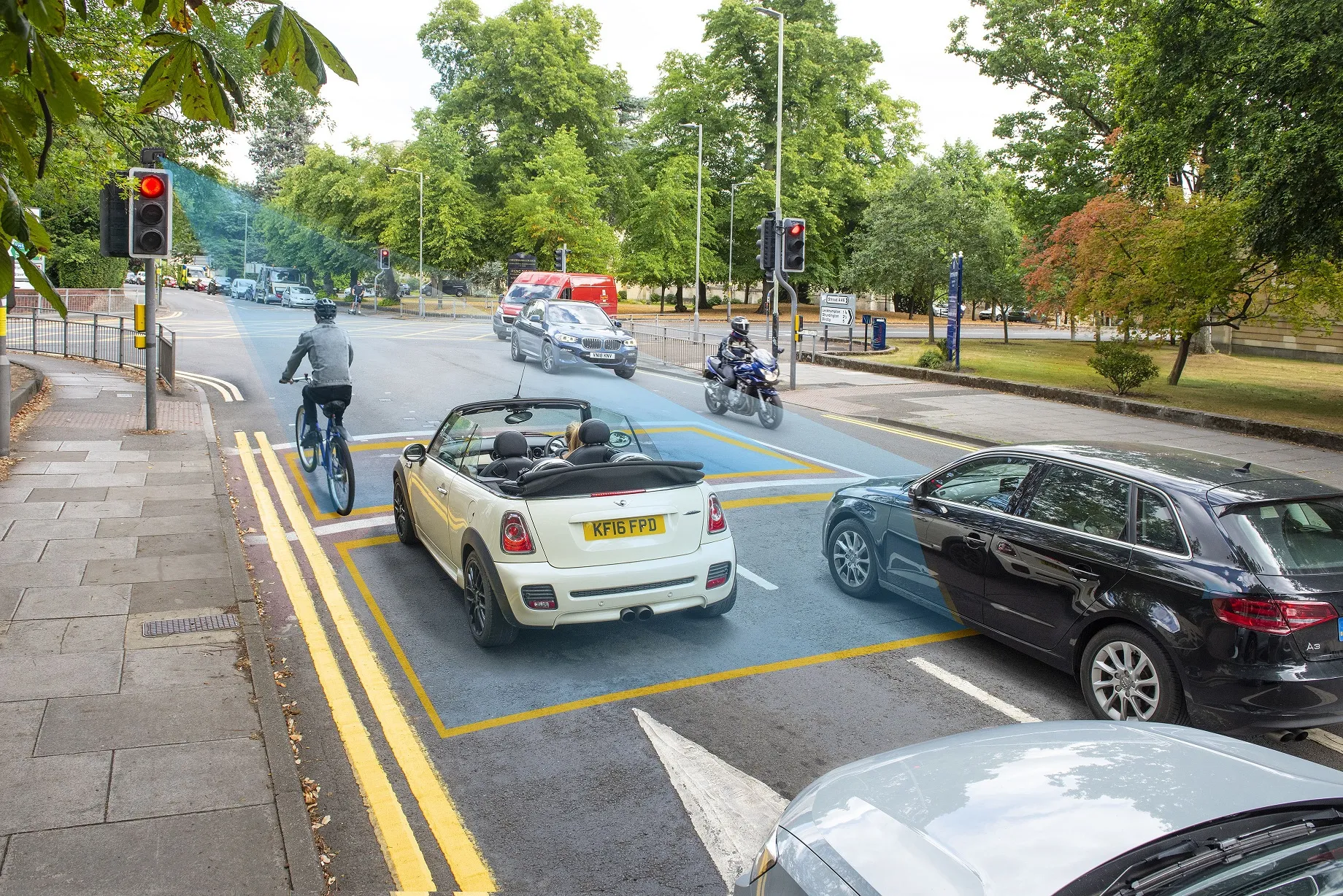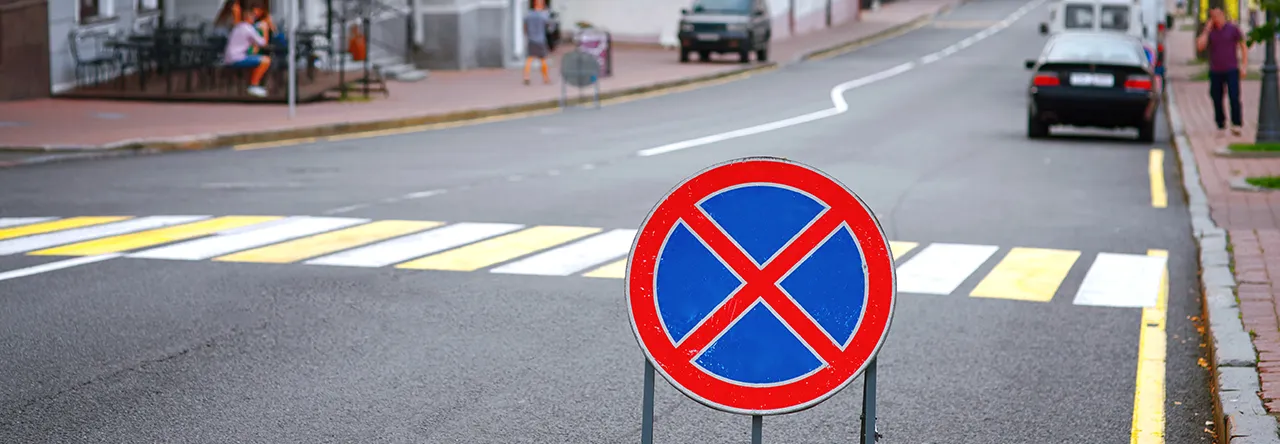Active LED solar road studs supplied by Rennicks UK have been granted a Certificate of Acceptance by the authority responsible for the UK’s railways, paving the way for the studs to be installed at level crossings around the country.
Rennicks say that the road studs are an intuitive signal to pedestrians, cyclists and drivers in the approach to and crossing the track.
The studs use dual LEDs with an internal prismatic system for high performance and solar/battery technology for environmental sustaina
June 16, 2014
Read time: 2 mins
Active LED solar road studs supplied by Rennicks UK have been granted a Certificate of Acceptance by the authority responsible for the UK’s railways, paving the way for the studs to be installed at level crossings around the country.
Rennicks say that the road studs are an intuitive signal to pedestrians, cyclists and drivers in the approach to and crossing the track.
The studs use dual LEDs with an internal prismatic system for high performance and solar/battery technology for environmental sustainability. They create a brightly illuminated indication of the length and width of the crossing surface edges and are effective for both drivers and pedestrians during night-time hours or poor weather conditions.
According to Rennicks, the studs could be used as part of the measures designed to improve rail crossing safety following the publication of a report by the Transport Select Committee warning that many hundreds of crossings still pose an ‘unacceptable’ danger to the public. The Office of Rail Regulation, which is responsible for rail safety, is calling for innovative solutions such as the use of new technology, while MPs have been looking into a range of proposals to reduce risk, developed by experts at the Rail Safety and Standards Board (RSSB) and Transport Research Laboratory (491 TRL).
John Swift, Rennicks UK national sales manager, believes active LED road studs, said to be far more effective than traditional reflective units, can now provide part of the solution.
He said: “By granting a Certificate of Acceptance for the LED studs,5021 Network Rail are showing they’re considering changes very carefully by using new technology that maybe wasn’t available before. We believe the use of these studs along with other measures, such as improved signage, can help reduce risk by providing better and intuitive information.”
“The studs are also Type Approved by the UK1837 Department for Transport for road use, which means local authorities can now work with the same solution on the approaches to the crossings. This aids level crossings around the country providing key decision points for all users traversing a level crossing at night.”
Rennicks say that the road studs are an intuitive signal to pedestrians, cyclists and drivers in the approach to and crossing the track.
The studs use dual LEDs with an internal prismatic system for high performance and solar/battery technology for environmental sustainability. They create a brightly illuminated indication of the length and width of the crossing surface edges and are effective for both drivers and pedestrians during night-time hours or poor weather conditions.
According to Rennicks, the studs could be used as part of the measures designed to improve rail crossing safety following the publication of a report by the Transport Select Committee warning that many hundreds of crossings still pose an ‘unacceptable’ danger to the public. The Office of Rail Regulation, which is responsible for rail safety, is calling for innovative solutions such as the use of new technology, while MPs have been looking into a range of proposals to reduce risk, developed by experts at the Rail Safety and Standards Board (RSSB) and Transport Research Laboratory (
John Swift, Rennicks UK national sales manager, believes active LED road studs, said to be far more effective than traditional reflective units, can now provide part of the solution.
He said: “By granting a Certificate of Acceptance for the LED studs,
“The studs are also Type Approved by the UK









